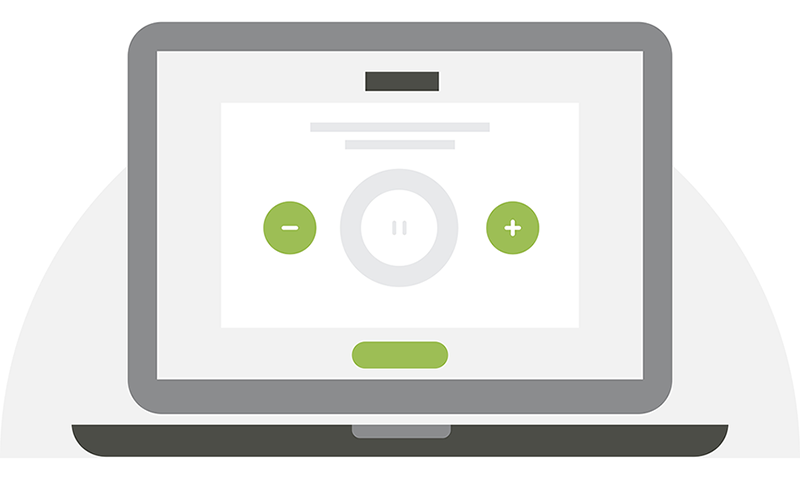One in six Australians currently suffer from hearing loss. This number is expected to rise to one in four by 2050. While most hearing loss is a result of ageing or genetics, one third of people acquire their hearing loss through preventable means e.g. noise exposure.
One in three people over the age of 50 suffer from hearing loss. This number rises to one in two after the age of 60. These statistics show that more individuals will be living with chronic, hearing loss. In addition to population growth, recent workforce analyses indicate that the need for Hearing Healthcare (HHC) services will outweigh the capacity, with this gap continuing to grow over the next several decades. Therefore, there is a need to address the access, uptake and delivery of HHC for this growing population given the known consequences of untreated hearing loss.
One such need is the use of automated audiometry tools such as self- assessed hearing tests to provide information about hearing thresholds.
What are the benefits?
- Ease of access particularly for remote clientele
- Ease of use- from the comfort of your living room
- Cost effective
- Increase hearing health education
- Better triaging of patients
- Frees up appointments for audiologists to focus on more specialised diagnostic assessments
It is important to remember these tests do not remove the need for in clinic appointments. These are designed to complement and better plan the time we spend with the patients.
There has been lots of scepticism surrounding the accuracy of such measurements compared to in-clinic pure tone audiograms. It is important to remember these tests are screens and do not provide bone conduction and speech testing. Air conduction thresholds are not sufficient to provide diagnostic information regarding type of hearing loss.
However, testing done by Langley et al 2017 show home hearing assessments are a reliable method of assessing pure-tone air (PTA) conduction thresholds from 500 – 8000 Hz when compared to in clinic manual testing and is a viable tool to acquire hearing threshold information outside of audiology clinics.
We encourage you to support patients who are in the 50year + category to assess their hearing using our online hearing test (see link below).
The test involves a short questionnaire, requires a standard set of over the ear headphones and all you need is to follow the instructions.
https://www.victorianhearing.com.au/online-hearing-test/
So, they’ve done the online test, and the results indicate a diagnostic hearing test is recommended. What now?
This assessment can be organised at one of our 9 clinics. If the patient holds an age pension card or is DVA eligible they are entitled to a comprehensive fully subsidised hearing assessment through the Government funded Hearing Services Program (HSP) every 3 years. If not, the patient is seen privately and the cost of the appointment is advised at time of booking. Should the patient have health insurance, we recommend they check to see if they are entitled to any rebate(s). There are no Medicare rebates for patients for private hearing assessments with the exception of referrals received from ENT specialist, Neurologists and/or Team Care Arrangements.
References
Reliability of the Home Hearing Test: Implications for Public Health Lauren Langley, B.A.1, Cornetta Mosley, Ph.C.1, Adrian Davis, Ph.D.2, Kathy Pichora-Fuller, Ph.D. 3 , Catherine McMahon, Ph.D.4, Kelly Tremblay, Ph.D1 , University of Washington, Seattle, WA1, AD CAVE Solutions2, University of Toronto, Ontario, Canada3, Macquarie University, Sydney, New South Wales, Australia4

